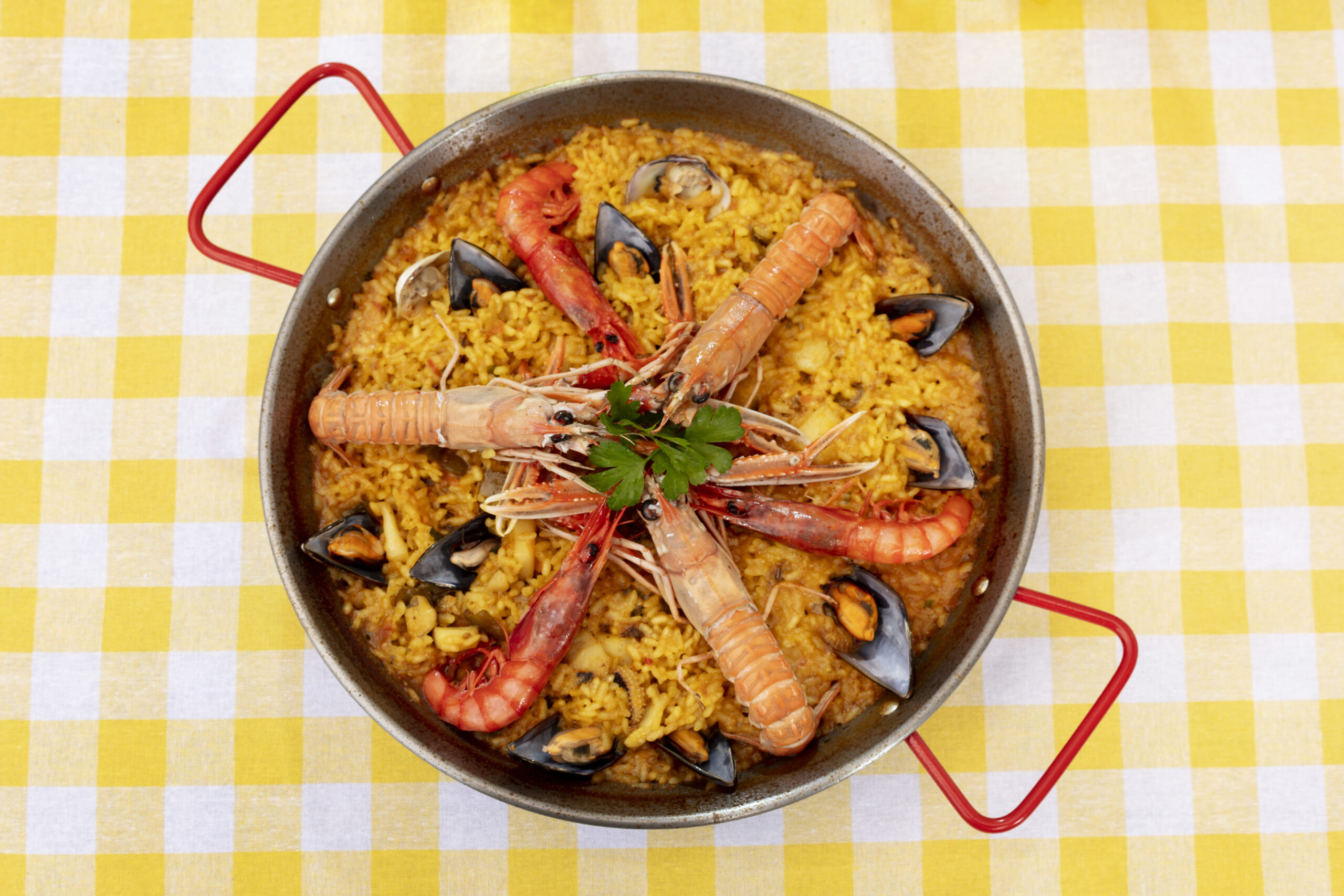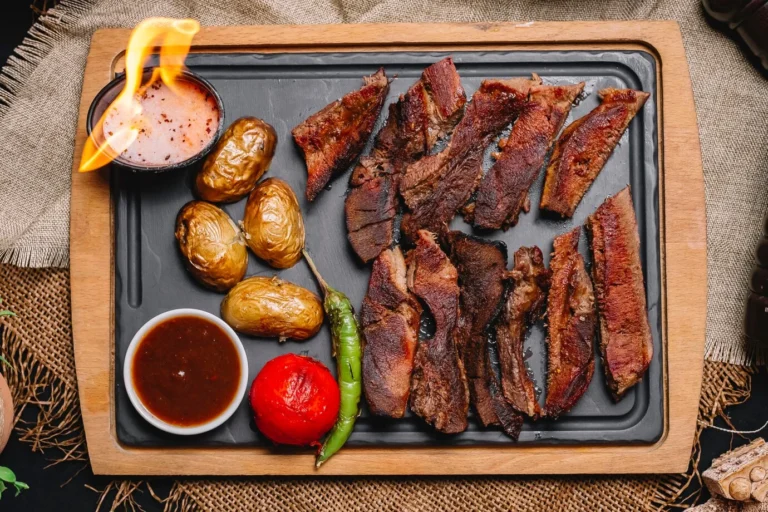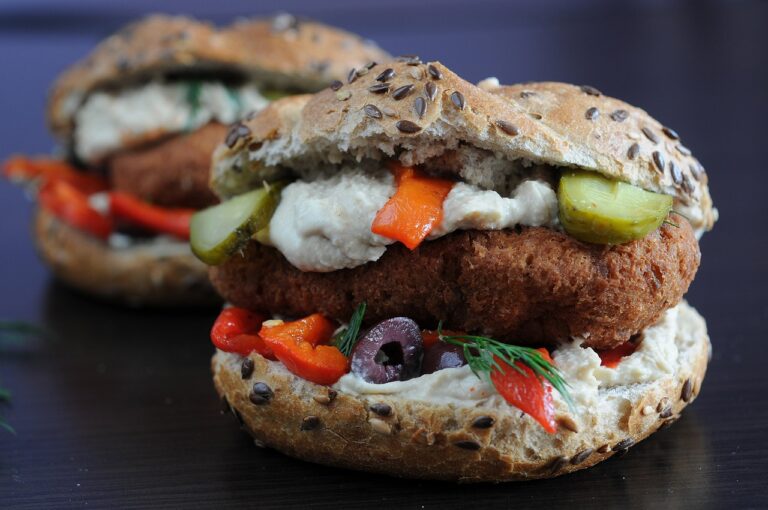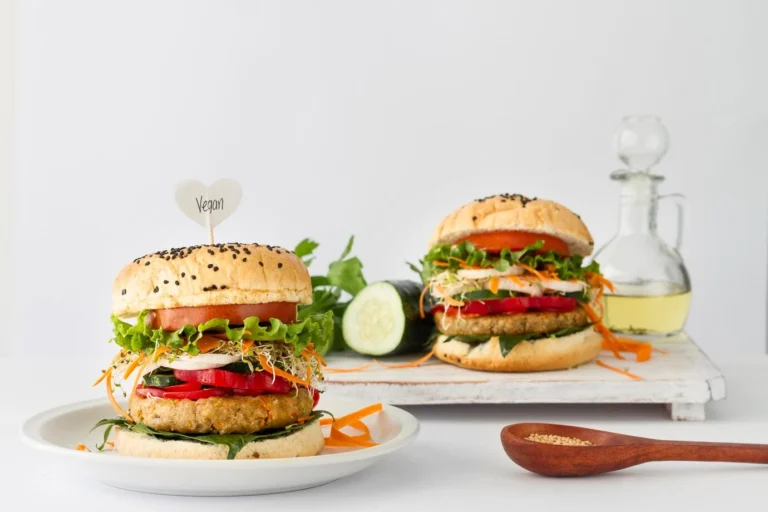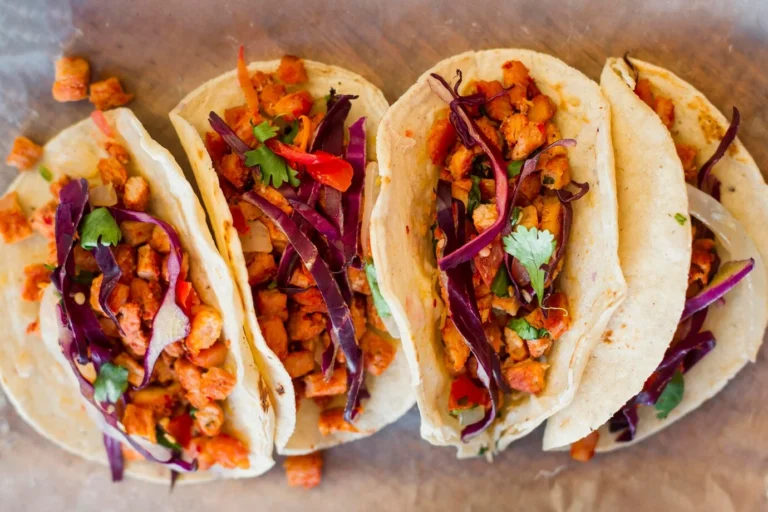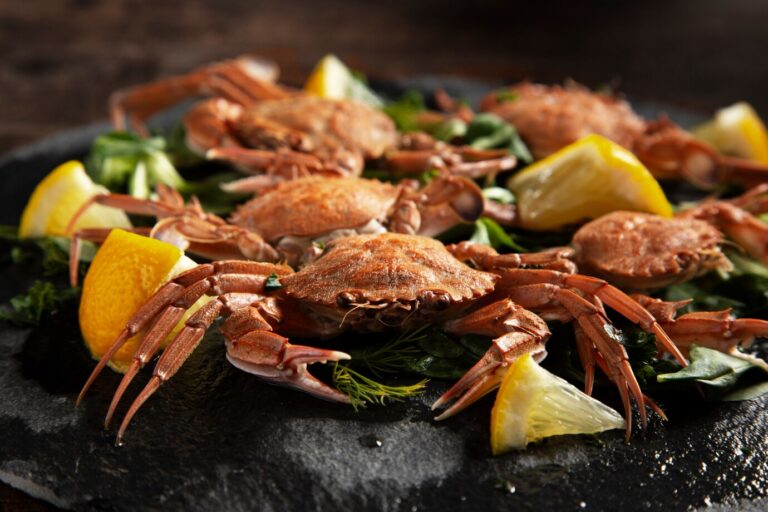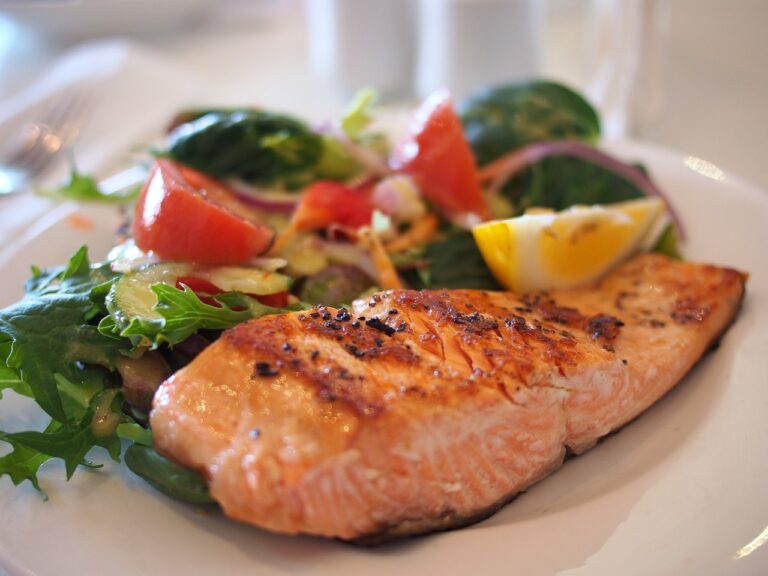Authentic Classic Seafood Paella: A Taste of Spanish Coastal Magic
Classic Seafood Paella
Standing on the shores of Valencia, the birthplace of paella, I watched as local chefs transformed simple ingredients into a symphony of flavors. The aroma of saffron-infused rice mingling with fresh seafood transported me instantly to a place where time slows down and meals are celebrated, not just consumed. This Classic Seafood Paella recipe isn’t just another dish—it’s an experience that brings the Spanish coastline directly to your dining table, creating memories that linger long after the last bite.
Table of Contents
The Rich History Behind Classic Seafood Paella
Paella originated in Valencia, Spain, where farm laborers cooked rice dishes over open fires in the fields using whatever ingredients were handy. What began as a humble countryside meal eventually evolved into the coastal treasure we know today.
The dish takes its name from the specialized pan it’s cooked in—the word “paella” derives from the Latin “patella,” meaning pan. While early versions featured rabbit, chicken, and snails, coastal communities near Valencia began incorporating their abundant seafood, birthing the magnificent seafood paella variation that’s now beloved worldwide.
When you prepare this dish, you’re not merely cooking dinner—you’re participating in a centuries-old tradition that spans generations of Spanish families gathering around a shared pan of golden rice.
Essential Equipment for Perfect Classic Seafood Paella
The Paella Pan: Your Most Important Tool
The traditional paella pan (paellera) features a wide, shallow design with slightly sloping sides—essential for creating that perfect layer of rice and the coveted socarrat, the deliciously crispy bottom crust that marks an outstanding paella.
Don’t fret if you lack an authentic paellera. While purists might raise eyebrows, a large, shallow skillet works remarkably well for home cooking. The crucial factor remains maintaining an even layer of rice no deeper than two inches to ensure proper cooking throughout.
Heat Sources for Authentic Results
Traditionally, paella cooks over an orange wood fire, imparting subtle smokiness to the finished dish. Your home kitchen likely lacks this setup, but don’t worry—gas stovetops provide excellent temperature control, while electric ranges require slightly more attention to heat distribution.
The trick lies in starting with high heat to establish your sofrito base, then reducing to maintain a gentle simmer once you’ve added the liquid components. This gradual temperature approach yields rice that’s perfectly tender while developing that characteristic bottom crust.
Classic Seafood Paella: Ingredients That Make the Difference
The Complete Ingredient List
| Ingredient Category | Items | Quantity |
|---|---|---|
| Rice | Bomba or Calasparra rice | 2 cups |
| Seafood | Jumbo shrimp/prawns | 12 pieces |
| Mussels | 12 pieces | |
| Clams | 12 pieces | |
| Squid/calamari | 1/2 pound, sliced | |
| Vegetables | Red bell pepper | 1 medium, sliced |
| Tomatoes | 3 medium, grated | |
| Onion | 1 large, finely chopped | |
| Garlic | 4 cloves, minced | |
| Fresh peas | 1/2 cup | |
| Aromatics | Saffron threads | 1 generous pinch |
| Sweet paprika | 1 tablespoon | |
| Fresh rosemary | 1 sprig | |
| Bay leaf | 2 leaves | |
| Liquids | Fish or seafood stock | 4-5 cups |
| White wine (dry) | 1/2 cup | |
| Other | Extra virgin olive oil | 1/4 cup |
| Lemon wedges | For serving | |
| Fresh parsley | For garnish | |
| Salt and pepper | To taste |
Selecting Quality Seafood for Your Classic Paella
Your paella’s excellence hinges tremendously on seafood freshness. When selecting prawns, look for firm bodies with bright, clear eyes. Fresh mussels and clams should remain tightly closed (or close when tapped) with shells free from cracks. Quality squid feels firm with a clean ocean scent.
Seasonal seafood invariably offers superior flavor. During summer months, you’ll find peak-season mussels and clams, while winter often yields exceptional squid. Working with what’s freshest rather than rigidly following a recipe often produces the most outstanding results.
The Secret to Authentic Flavor: Saffron and Stock
Saffron transforms your paella from ordinary to extraordinary. These delicate crimson threads infuse the dish with distinctive floral notes and that characteristic golden hue. To maximize saffron’s impact, crush threads gently between your fingers and steep in warm stock for 10-15 minutes before adding to the rice.
Creating your own seafood stock elevates the dish tremendously. Simply simmer shrimp shells, fish trimmings, onion, celery, and a splash of white wine for 30 minutes, then strain. This homemade foundation delivers incomparable depth that commercial stocks simply cannot match.
Step-by-Step Classic Seafood Paella Preparation Method
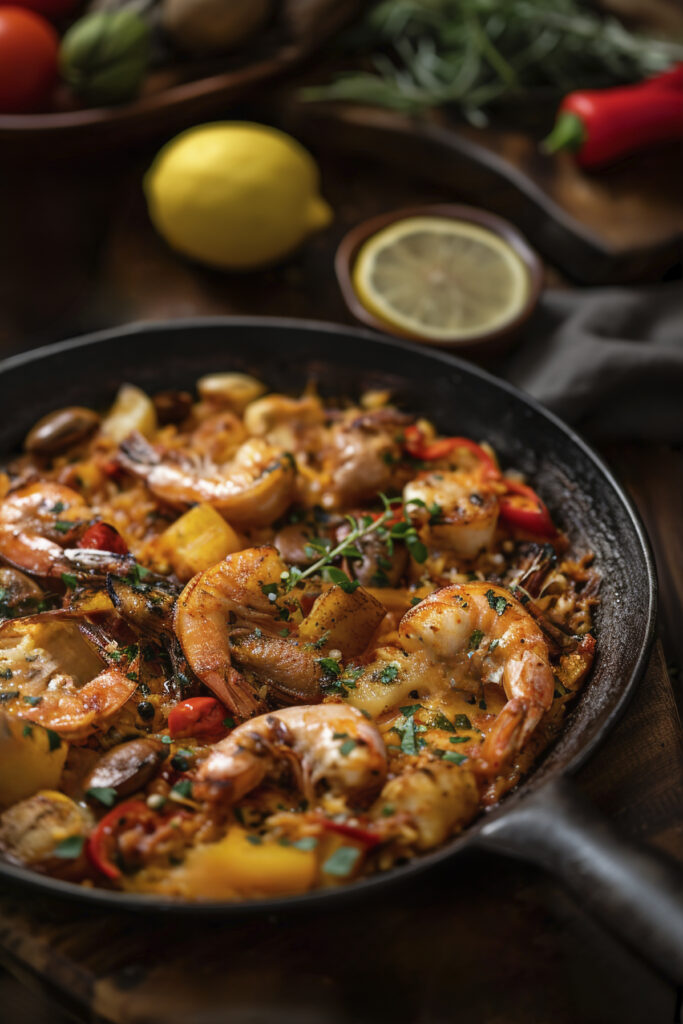
Preparation Phase
Begin by cleaning your seafood thoroughly. Debeard mussels, scrub clams, peel and devein prawns (leaving tails intact for presentation), and slice squid into rings. Having all components prepared before heating your pan prevents overcooking while searching for ingredients mid-process.
Chop vegetables uniformly to ensure even cooking. The sofrito—your flavor foundation—requires particular attention. Finely dice onions and mince garlic to disappear into the final dish while imparting their essential flavors.
Measure rice precisely—this isn’t the time for approximation. The perfect liquid-to-rice ratio determines whether your paella emerges perfectly al dente or disappointingly mushy.
The Cooking Process
Building the Flavor Base
Heat your paella pan over medium-high heat, then add olive oil until it shimmers slightly. Add onions first, cooking until translucent before incorporating garlic (adding garlic too early risks burning its delicate flavor).
Once aromatics soften, add bell peppers and continue cooking until they begin yielding to pressure. Now introduce grated tomatoes and paprika, cooking until the mixture darkens slightly and intensifies in aroma—this concentrated flavor base provides the foundation for everything that follows.
Incorporating the Rice and Stock
Add rice to the sofrito, stirring for 1-2 minutes until each grain glistens with oil. This crucial step helps rice maintain structural integrity during the long cooking process ahead.
Pour wine into the hot pan, listening for the satisfying sizzle as it reduces and infuses the rice with complexity. Now comes the critical moment—adding your saffron-infused stock. Pour carefully, ensuring liquid distributes evenly across the pan’s surface.
Here’s where tradition demands restraint—after this point, you must resist the urge to stir. Unlike risotto, paella develops its characteristic texture through undisturbed cooking, allowing the bottom layer to create that prized socarrat.
Adding Seafood in Sequence
Timing seafood additions requires finesse. Begin with squid, nestling pieces into the simmering rice about 10 minutes into cooking. Five minutes later, arrange clams and mussels, hinge sides down so they open upward dramatically. Prawns join last, as they require minimal cooking time—their bright pink transformation signals the dish’s approaching completion.
Throughout this process, maintain a gentle simmer. Too vigorous a boil risks uneven cooking and potential burning, while insufficient heat prolongs cooking and yields soggy rice.
The Final Phase: Achieving Perfect Socarrat
As liquid absorbs and seafood cooks, listen for subtle changes in sound—the gentle bubbling transitions to a faint crackling, signaling socarrat development. This indicates the treasured bottom crust forming as remaining moisture evaporates.
Remove from heat once you detect this gentle sizzle, then cover with a clean kitchen towel for 5-10 minutes. This resting period allows flavors to harmonize while excess moisture evaporates, yielding perfectly tender rice with distinct individual grains.
Serving Your Classic Seafood Paella: Presentation Matters
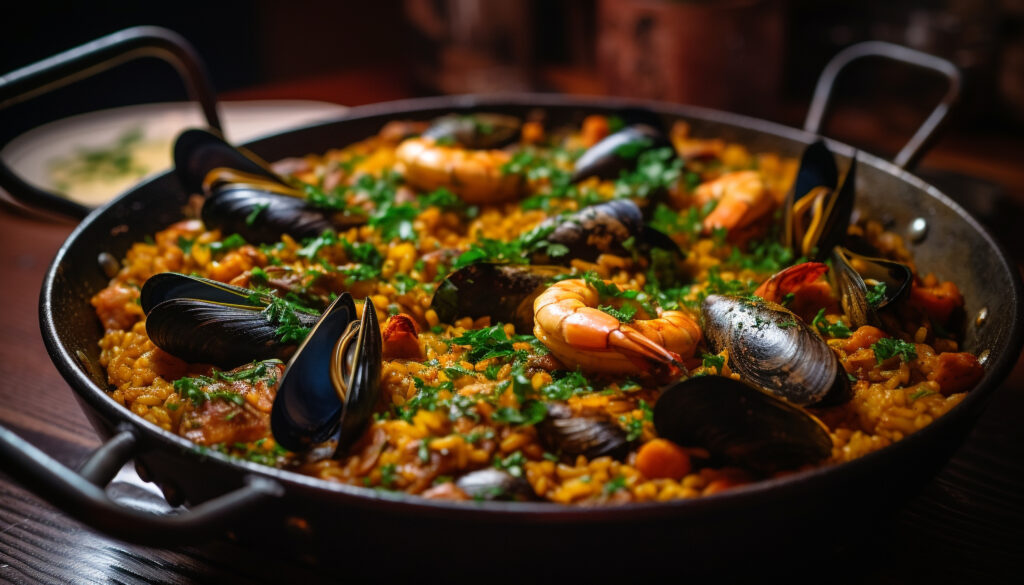
True to Spanish tradition, serve your paella directly from the pan. This presentation honors the communal spirit of the dish while preserving the textures you’ve carefully cultivated—particularly that precious socarrat.
Garnish with fresh parsley and lemon wedges arranged artfully around the pan’s perimeter. The bright herbs and citrus not only enhance visual appeal but offer fresh flavor notes that balance the rich, savory depth of the dish.
For accompaniments, consider a simple green salad dressed with sherry vinaigrette. The acidic counterpoint refreshes the palate between bites of the richly flavored paella. Beverage-wise, few pairings surpass a chilled Spanish Albariño or Verdejo, whose crisp acidity complements seafood beautifully.
More Than Just a Meal
Classic Seafood Paella represents the heart of Spanish cuisine—bringing people together around a shared meal that celebrates both land and sea. By following these authentic techniques and understanding the cultural significance behind each step, you’re not just cooking a meal; you’re participating in a tradition that has brought joy to countless gatherings for centuries.
Ready to transport your dinner guests to the sunny shores of Valencia? Gather your ingredients, embrace the process, and prepare to create not just a stunning meal but an unforgettable dining experience that will have everyone gathered around your table falling in love with this Spanish coastal treasure.
Looking for more authentic Spanish recipes? Explore our collection of regional Spanish classics that bring Mediterranean sunshine to your table year-round.
